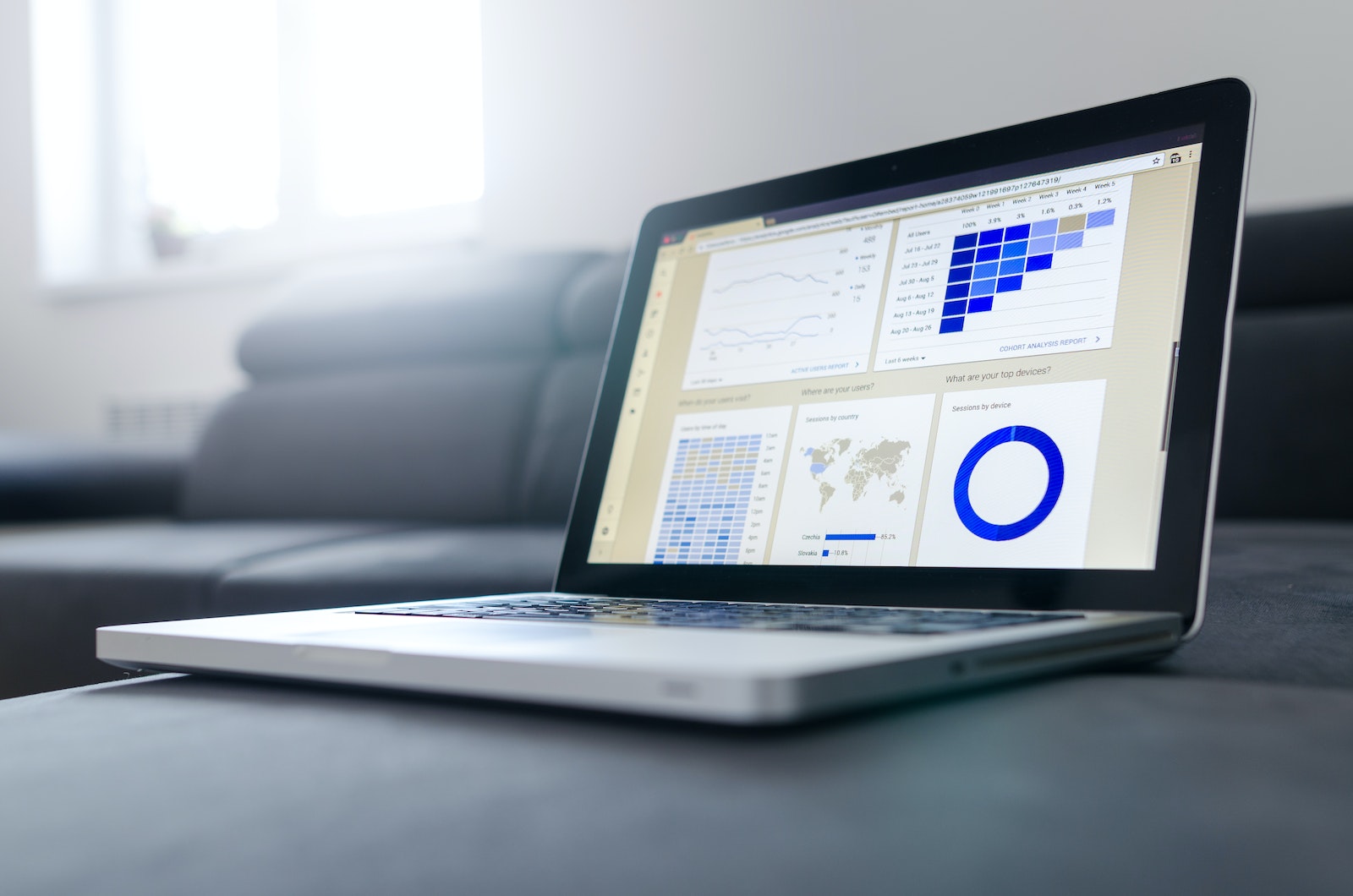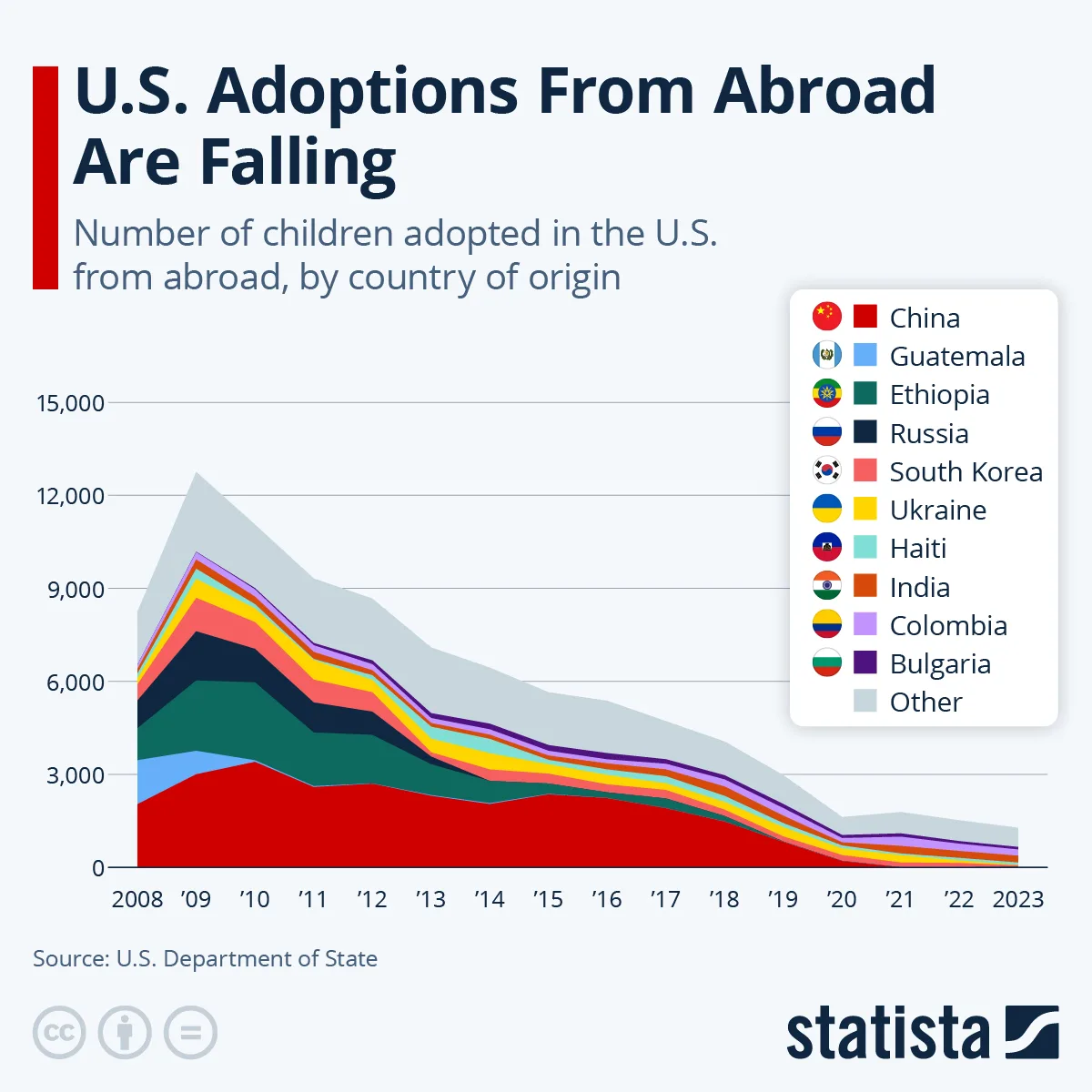In today’s data-driven world, the ability to effectively visualize and analyze data is crucial for businesses and individuals alike.
Table of Contents
With the rise of artificial intelligence (AI), data visualization tools have become more powerful and intuitive than ever before. In this article, we will explore the top 10 best AI data visualization tools for 2025, providing an overview of their features, benefits, and unique selling points (USPs).
1. Tableau: Intuitive Data Visualization
Tableau is widely regarded as one of the best data visualization tools available today. Its intuitive interface allows users to easily create interactive and visually appealing charts, graphs, and dashboards. With its drag-and-drop functionality, Tableau enables users to explore and analyze data without the need for complex coding or programming skills. Its powerful AI capabilities also provide smart recommendations and insights, making data analysis even more efficient.
2. QlikView: Interactive Business Intelligence
QlikView is a powerful business intelligence tool that combines data visualization with advanced analytics. Its interactive features allow users to explore data from multiple angles, uncovering hidden insights and patterns. QlikView’s associative data model enables users to make real-time associations between different data sets, providing a holistic view of the data. With its AI-driven algorithms, QlikView also offers predictive analytics, helping businesses make data-driven decisions.
3. Power BI: Seamless Microsoft Integration
Power BI, developed by Microsoft, is a comprehensive data visualization tool that seamlessly integrates with other Microsoft products and services. Its user-friendly interface and drag-and-drop functionality make it easy for users to create interactive reports and dashboards. Power BI also offers AI-powered features such as natural language queries and automated insights, enabling users to gain valuable insights from their data with minimal effort.
4. D3.js: Flexible and Customizable Data Visualization
D3.js is a JavaScript library that provides a flexible and customizable framework for data visualization. Unlike other tools on this list, D3.js requires coding skills to create visualizations. However, its flexibility allows users to create highly customized and interactive visualizations that can be embedded into web applications. With its extensive range of data visualization options, D3.js is a popular choice for developers and data scientists.
5. Plotly: Interactive Web-based Charts
Plotly is a web-based data visualization tool that offers a wide range of interactive charts and graphs. Its user-friendly interface and drag-and-drop functionality make it easy for users to create visually appealing visualizations. Plotly also provides collaboration features, allowing multiple users to work on the same project simultaneously. With its AI-powered analytics, Plotly enables users to gain deeper insights from their data.
6. FusionCharts: Wide Range of Chart Types
FusionCharts is a comprehensive data visualization tool that offers a wide range of chart types, including bar charts, line charts, and pie charts. Its extensive library of pre-built templates and themes makes it easy for users to create visually stunning visualizations. FusionCharts also provides real-time data streaming capabilities, allowing users to visualize live data. With its AI-driven analytics, FusionCharts helps businesses make data-driven decisions.
7. Highcharts: Responsive and Mobile-friendly
Highcharts is a popular data visualization tool known for its responsive and mobile-friendly charts. Its lightweight and fast-loading charts make it ideal for web and mobile applications. Highcharts also offers a wide range of customization options, allowing users to create visually appealing visualizations that match their brand identity. With its AI-powered analytics, Highcharts provides valuable insights from data.
8. Google Charts: Easy Integration with Google Services
Google Charts is a free data visualization tool that seamlessly integrates with other Google services such as Google Sheets and Google Analytics. Its user-friendly interface and intuitive features make it easy for users to create interactive visualizations. Google Charts also provides a wide range of chart types and customization options. With its AI-driven analytics, Google Charts enables users to gain valuable insights from their data.
9. Chart.js: Lightweight and Simple to Use
Chart.js is a lightweight and simple-to-use data visualization tool that is ideal for beginners and small-scale projects. Its user-friendly interface and minimalistic design make it easy for users to create basic charts and graphs. Chart.js also provides a wide range of customization options, allowing users to personalize their visualizations. While it may lack some advanced features, Chart.js is a great choice for those looking for simplicity and ease of use.
10. Datawrapper: Effortless Data Visualization
Datawrapper is a user-friendly data visualization tool that focuses on simplicity and ease of use. Its intuitive interface and step-by-step process make it easy for users to create visually appealing visualizations. Datawrapper also offers a wide range of chart types and customization options. With its AI-powered analytics, Datawrapper provides valuable insights from data without the need for complex coding or programming skills.
In conclusion, the top 10 best AI data visualization tools for 2025 offer a wide range of features and benefits. Whether you are a business professional, data scientist, or developer, these tools can help you effectively visualize and analyze data. From intuitive interfaces to advanced AI capabilities, these tools provide valuable insights and make data analysis more efficient. Choose the tool that best suits your needs and unlock the power of data visualization in 2025.













